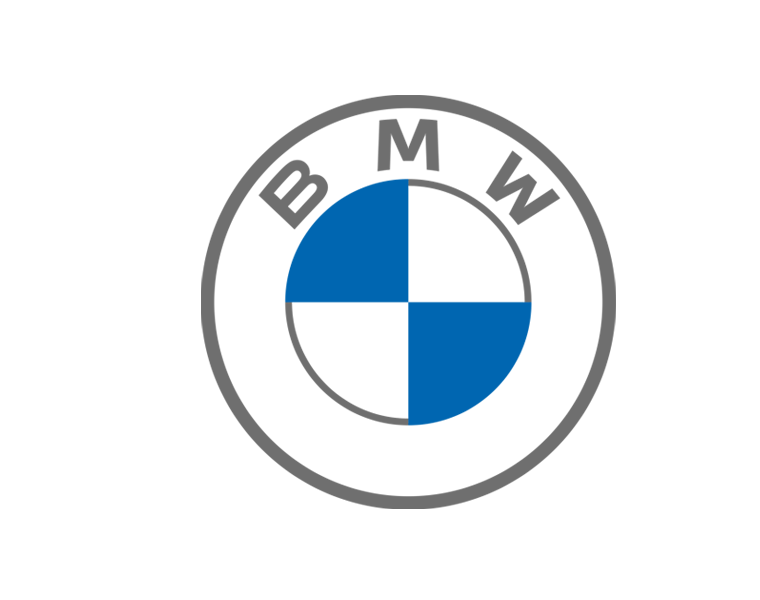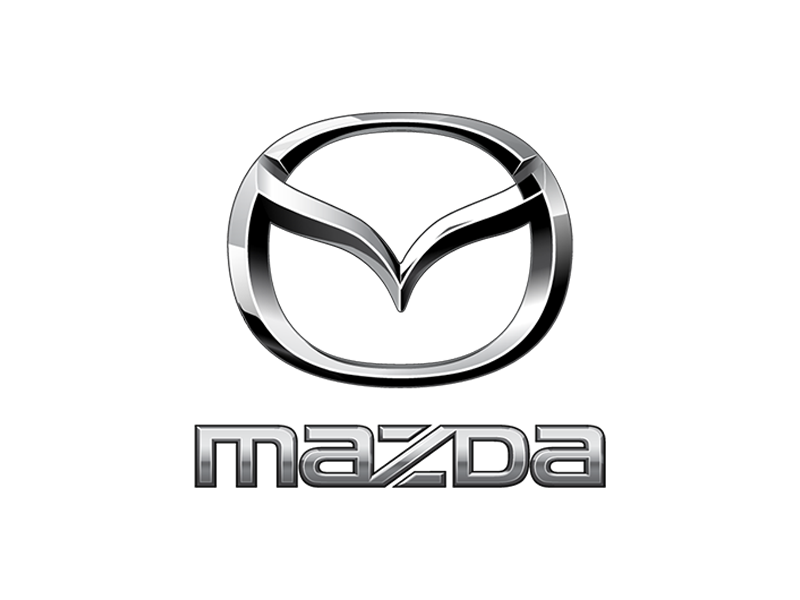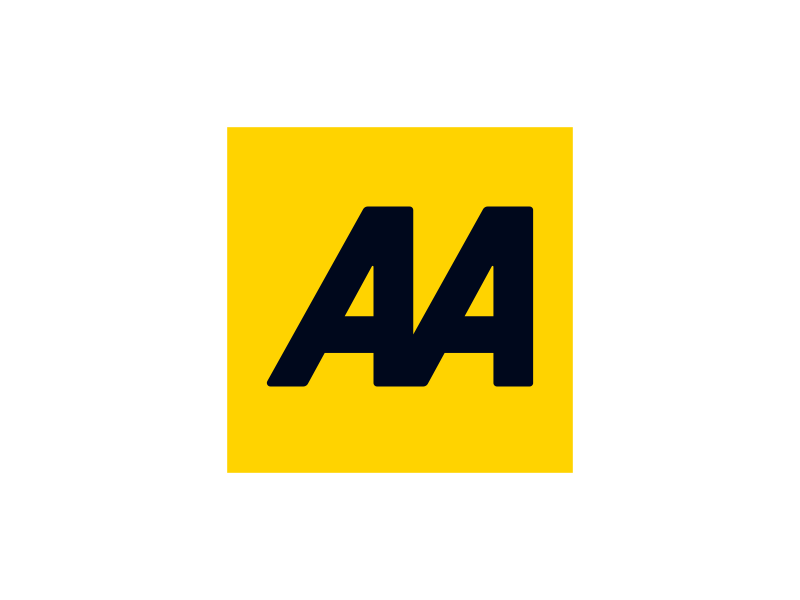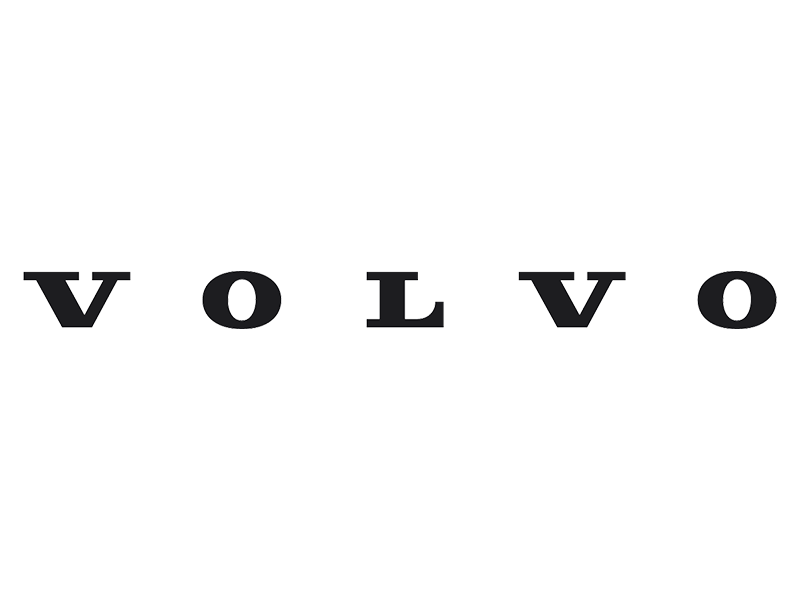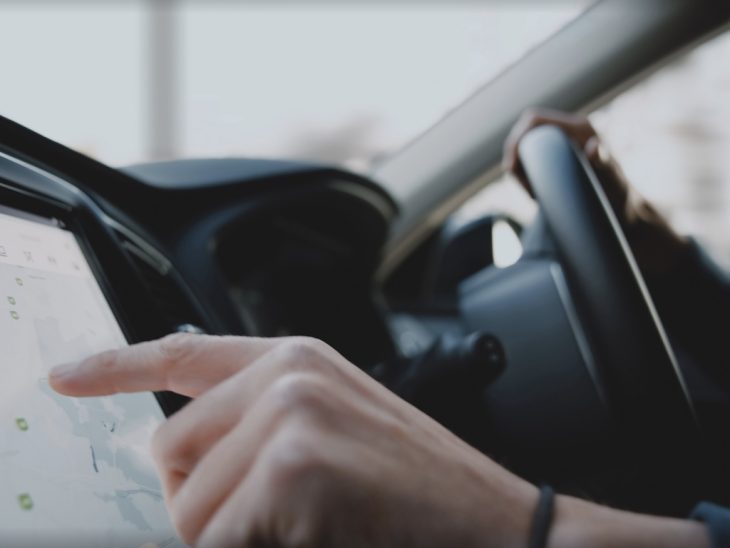Driver distraction is swiftly becoming the biggest safety problem for fleets, largely due to the mass arrival of ‘buttonless’ car controls.
Red Corporate Driver Training has warned that widespread use of screens and dials for entertainment and driving options – to the point where some vehicles have almost no physical buttons at all – has tipped many drivers over the edge into dangerous levels of distraction.
“We are in danger of drowning in distraction because of the huge amount on offer in a modern vehicle,” said CEO Goldin.
“In some vehicles now, you could spend miles choosing which parts of your seat to heat up, what colour the cabin lights should be, the design of the dials, scrolling through millions of songs and podcasts on various apps or hearing your emails and messages read out. That’s even before getting to the more obvious forms of distraction, such as phone calls, work and home worries, passengers and daydreaming. At some point, the dam will burst.”
Red, one of large number of exhibitors at next month’s Great British Fleet Event, is backing Euro NCAP’s move to only start awarding five stars for safety to vehicles that have physical buttons for certain key operations from 2026.
It’s also published a free-to-download advisory paper on how to combat the problem – warning that without more awareness of the issue, the problem of digital distraction is going to get worse, not better.
Goldin continued: “A driver who is scrolling through multiple sub menus on a screen to operate their vehicle’s systems is almost certainly not going to classify themselves as distracted. But almost certainly, they are. As high-profile recent court cases involving distraction and fatal road accidents have shown, there can be tragic consequences for seemingly innocuous actions undertaken by drivers all the time.
“Their eyes are off the road and mental effort is going into the act of selecting, toggling, scrolling and clicking. Hundreds of metres of driving can have taken place for what are justified actions in the mind of the driver. Yet it is incredibly dangerous.”
While excess speed is still the main factor in dangerous driving and accidents, it tends to be seen in specific, riskier drivers, who often can be identified through risk management and trained to change their behaviour.
Distraction is different, and harder to proactively manage, because it affects all driver types and profiles at some point on the road.
And, unlike speeding, it often occurs without the driver deliberately engaging in an act which results in them losing their focus. Quite simply, they don’t know they are doing anything wrong, and don’t even know they are distracted.
Added to this is a perception by many drivers that looking at screen for a while is fine, because active anti-collision systems are a safety net which allows them to take their eyes off the road for longer than they might have previously.
In its advisory, Red looks at each form of distraction, and advises on techniques which allow drivers to cope better with the huge amount of information and communication at their fingertips.
“Over the years, the fleet sector has been excellent at identifying driving risk, and managing it, and I have no doubt we will do the same with distraction. But in order to do this, we need to clearly identify what those risks are and how they impact on everyday driving,” elaborated Goldin.
“Euro NCAP’s decision to pinpoint key functions that are able to be operated with a simple button or stalk rather than on screens is to be welcomed. It’s the first step to paring back the main driving experience to something more minimal.
“This is the first step in recognising the scale of the problem. The next is doing something about it. Euro NCAP certainly will help in raising its profile, but employers need to help drivers to understand what’s going on when they spend time in infotainment systems, in terms of how long they are not looking at the road, how badly their concentration on driving has been affected, and the potentially disastrous outcomes as a result.”

